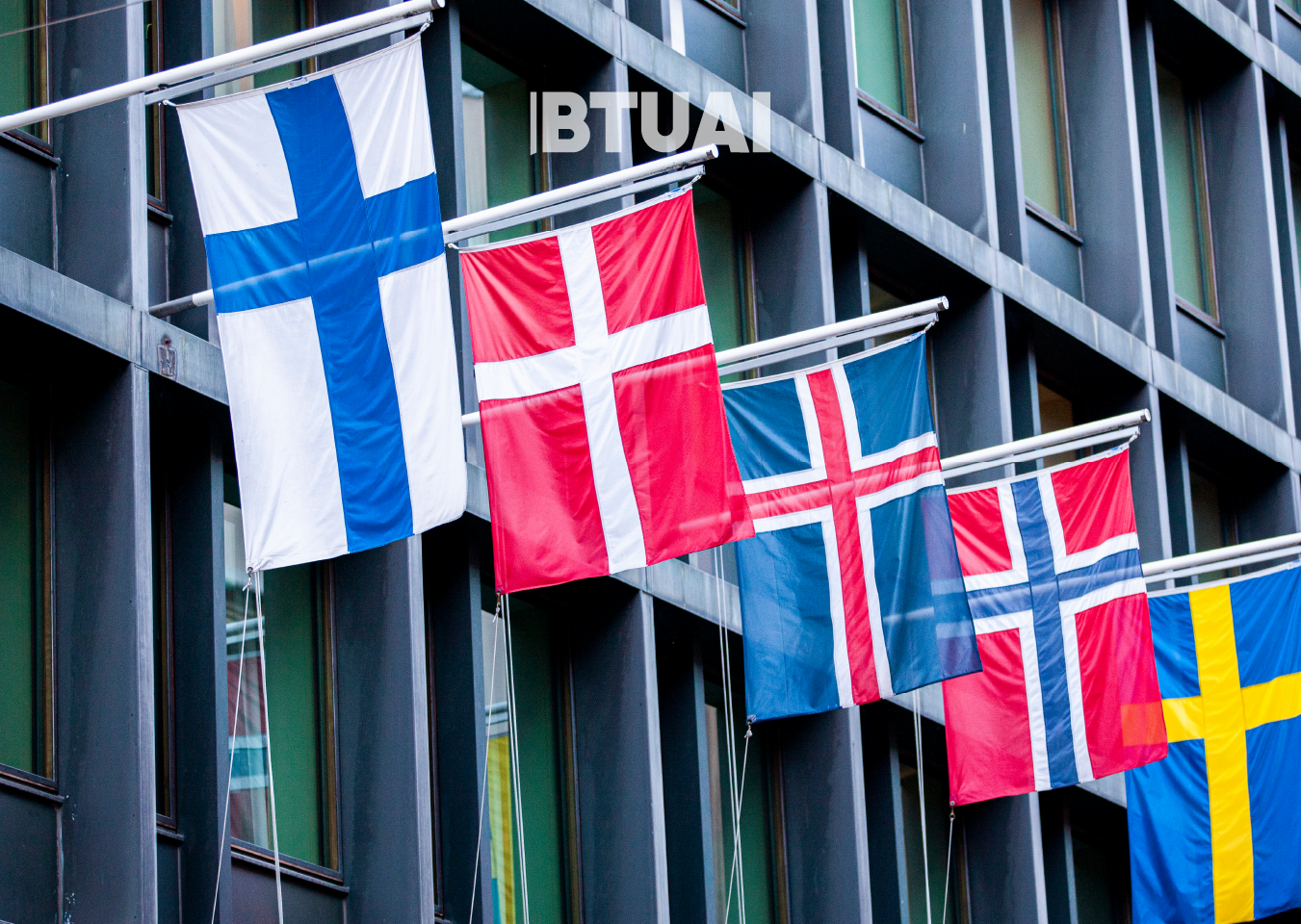Why Are Scandinavians the Happiest People?
Leading the list of the world’s happiest countries has become a common occurrence for Finland – the country has

Leading the list of the world’s happiest countries has become a common occurrence for Finland – the country has been ranked first for the eighth consecutive year. This is quite interesting considering Finland’s long and cold winters, high taxes, and a population that doesn’t smile often. Despite these factors, Finns rate their own lives quite highly – an average of 7.7 out of 10, while the global average is only 5.6.
The World Happiness Report, conducted annually by Gallup with UN support, is more of a life satisfaction index than a simple measurement of smiles and joy. Other Scandinavian countries – Denmark, Iceland, and Sweden – follow Finland with only slight differences, making this region particularly intriguing: Why do people in these countries feel so happy?
One significant factor is economic well-being. Despite high taxes, Nordic countries are among the richest in the world in terms of per capita income. High income generally increases people’s satisfaction. However, this is only part of the explanation – economics alone does not provide all the answers.
Interestingly, the success of these countries is also closely linked to social stability and equality. They rank high in indexes like The Economist’s “Glass Ceiling Index,” which assesses women’s roles and influence in the workplace. The rate of “deaths of despair” – such as suicides or deaths from drug overdoses – has significantly decreased in recent years. This further confirms that social and community stability has a major impact on people’s psychological well-being.
However, the secret to happiness does not only lie in economics and social stability. This becomes evident when looking at Latin American countries, where people are often happier than their incomes would suggest. In Latin America, people typically have meals with friends or family nine times a week on average, making them world leaders in terms of social connections. Research has confirmed that communal meals or lunches are so crucial for a sense of happiness that their impact is statistically as powerful as factors like work or income.
In America, where people increasingly eat alone, live alone, and work alone, a portion of the population is increasingly experiencing loneliness and psychological issues. In one survey, 18% of young people stated that they have no close friends with whom they can have genuine relationships. The reduction of social interactions has become a growing problem for many developed countries.
Against this backdrop, Finland’s example becomes even more unique, where being alone is not only not a problem but rather a preferred and cherished activity. Finns intentionally go to their cottages (“Mökki”) where they spend time alone, often in the sauna. Here, being alone is a choice, not a result of loneliness.
Happiness studies show that social relationships, economic well-being, and cultural factors are the main determinants of happiness. The Scandinavian countries demonstrate that stability and well-being can create an environment where people feel safe, while Latin America reminds us that daily moments spent with friends or family can be just as crucial for happiness. This is an important lesson for countries striving to create a happier society. They must recognize that, beyond financial prosperity, the depth and quality of social relationships also have a profound impact on the quality of people’s lives.




